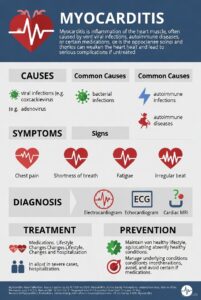Therapeutic modalities for child and adolescent disorders
- Parental involvement and support
- Recognized as a critical factor on the supportive and educational interventions for the child or adolescent
- Group therapy
- For younger children takes the form of play, as they get older, more talk therapy can occur.
- Groups are effective for common issues such as bereavement, abuse, chronic illness, or addiction
- One of the challenges of using groups with this category lies in the contagious effect of disruptive behavior.
- Milieu therapy
- Philosophical basis for structuring inpatient and other long-term treatment programs
- The nurse and other team members collaborate to provide a therapeutic environment that facilitate growth, safety, and positive change.
- Behavior modification and cognitive behavioral therapy
- Based on the principle that rewarded behavior is more likely to be repeated.
- Connections between thoughts, feelings, and behaviors are identified, and technique help to develop rational thinking better choices, and impulse control.
- Removal and restraint
- They are dangerous, controversial treatment for children and adults.
- Injuries and even death have been associated with seclusion and restraint.




